Search Results

Tawilhua
My name is Tee, and I am a survivor of multiple myeloma (MM), a rare blood cancer. Before my diagnosis, I was an active principal at the school where I worked, was involved in my community, and lived a life of purpose. And then I was diagnosed with the “Big C.”
Today, I still have a purpose-filled life, it simply looks different than before. Telling my cancer story is a part of living a fulfilled life after a cancer diagnosis. So here is Tee’s story.
Treatment Outcomes
With the current advances in treatment and supportive care, survival rates for myeloma patients have improved significantly in the last decades. It is not unusual for myeloma patients to live for 10 years or longer after diagnosis. Outcomes are influenced by a series of patient-specific factors, including disease stage, chromosome abnormalities, age and presence of other medical problems. Patients should discuss their own potential outcomes with their doctors.
Click here to access myeloma survival statistics.
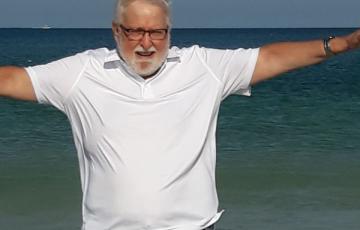
Robert
I was diagnosed with chronic myeloid leukemia (CML) in February 2021 after a bone marrow biopsy. Since that time, over the past 2½ years, I have had very serious side effects from my chemotherapy medication treatments. I was first prescribed Gleevec® 400 mg in March 2021, my first tyrosine kinase inhibitor (TKI). However, this medication put me in the hospital at the end of March 2021. I had an angiogram to check my heart as I had five stents in my heart in September 2018. I had very severe fatigue and very serious malaise.
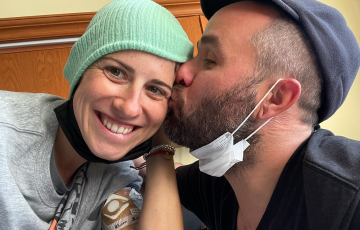
Anna
I’m from Hungary. I’m 34 years old and just recently moved to Durango, Colorado, to marry my husband, Joe. For two years, we worked through a long-distance relationship during COVID and thought we would never face a tougher task in life than facing an uncertain future beset by travel restrictions, an eight-hour time difference, and thousands of miles. We wed in July, settled into our house we’d moved into in March, and I had just qualified for my work permit and landed a wonderful job as the Communications Specialist at a local non-profit.
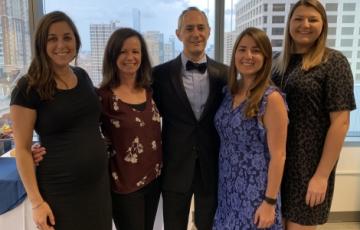
Michael
I’m Michael and I’m a two time leukemia survivor. My story is the force that drives me, fuels my energy, and led me to challenge myself to jump rope 1,000,000 skips in 2020. I’m doing it to bring awareness to blood cancer and raise money for LLS. When I heard, “Michael, we have your blood test results. We’ve arranged for your hospital admittance. Please go there now,” I thought ”This can’t be right”. Two days later on Thanksgiving, I had my diagnosis – hairy cell leukemia.
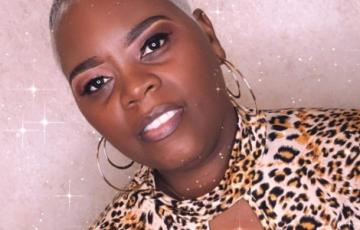
Vonshel
Hi, my name is Von, and back in 2008, I was diagnosed with breast cancer. I didn't want to die, but prayer and God sent me right to the perfect doctor: Dr. Moran from Brunswick, GA. I got through chemotherapy and radiation with a breeze, and I'm now in remission for 13 years.
Chronic Myeloid Leukemia
Chronic myeloid leukemia (CML)- Is a cancer of the bone marrow and blood
- CML is usually diagnosed in its chronic phase when treatment is very effective for most patients
- CML has three phases
Click here to access CML statistics.
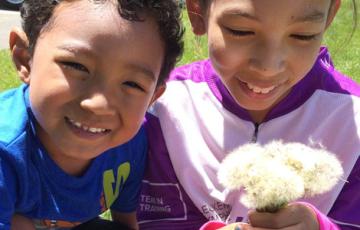
Brian
Brian Shaw (a.k.a. “Little Man”) is an energetic, happy, intelligent and compassionate six-year-old boy. For nearly a year, starting when he was four, several of those characteristics seemed submerged beneath the side effects of daily chemotherapy that followed his diagnosis with acute lymphoblastic leukemia. Though his treatments continue (3-1/2 years in total), the side effects have alleviated somewhat and Brian is getting back to his normal self, attending school, etc.

Brice
I discovered a small painful lump under my armpit area so I went to the doctor and I was given antibiotics for an infected lymph node. A few months later, I noticed the lump had grown larger so I scheduled another doctor appointment.
My doctor ordered blood tests and an ultrasound which was followed up with a biopsy. I was diagnosed with anaplastic large cell lymphoma (ALCL) on October 24, 2016. ALCL is a rare type of non-Hodgkin's lymphoma.
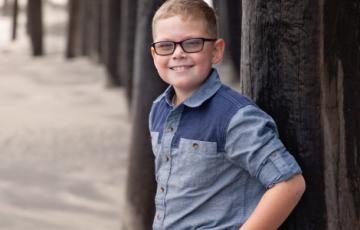
Austin
In May 2011, when Kimberly Schuetz was starting to plan her son Austin’s third birthday, he was diagnosed with a high-risk form of acute lymphoblastic leukemia.
Austin was immediately placed on a chemotherapy regimen. However, when a routine blood test revealed that he relapsed in October 2012, their only option was a bone marrow transplant to save his life. After that transplant, his cancer came back for the third time in May 2013.
Treatment
The main treatment for ALL is chemotherapy given in phases. Most treatment regimens take 2 to 3 years to complete.
Not every child with ALL receives the same treatment. Your child’s doctor will tailor your child’s treatment based on the ALL subtype and other factors, such as age, health and how the cancer responds to treatment.
Your child’s treatment may also include:
Follow-Up Care
Find more information about follow-up care, including what to expect, long-term and late effects of treatment, survivorship clinics, and other resources, such as The National Comprehensive Cancer Network (NCCN) treatment guidelines.
B-Cell Prolymphocytic Leukemia (B-PLL)
B-cell prolymphocytic leukemia (B-PLL) is a very rare and typically aggressive malignancy (cancer) characterized by the out of control growth of B-cells (B-lymphocytes). B-cells are a type of white blood cell that is part of the immune system. B-PLL usually affects older adults with a median age at diagnosis of 69 years, and it is slightly more common in men than women. Most of the time, B-PLL occurs as a transformation or evolution of a more slow-growing B-cell cancer, such as chronic lymphocytic leukemia. Rarely, this is a primary disorder.
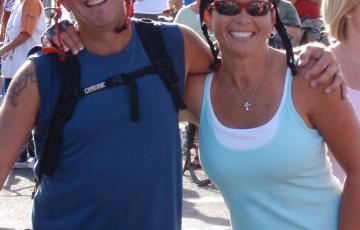
David
My beloved husband, David served the community of Arlington, Texas, through the fire department for 38 years. Throughout his career, he served the city and trained and mentored other up-and-coming firefighters. He retired in 2017, and just nine months later, he was diagnosed with acute myeloid leukemia (AML), a very aggressive blood cancer. His oncologists believe it had simmered in David's marrow for a couple of years before it went acute. It came on with similar symptoms to the common flu.
Benedict
I was diagnosed with stage 4 Hodgkin lymphoma (HL) in June 2023. This was after months of testing, worrying, praying, and worrying some more. Honestly, the testing period was so stressful that it was almost a relief to know exactly what was going on when I was diagnosed. This is because while I was testing, I was taking official visits to prospective universities every weekend. I am a football player, and at the time, I was trying to decide which scholarship offer I was going to accept ― which university I was going to pin my hopes and dreams on. It was a stressful time.
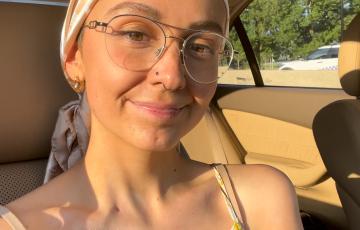
Emily
I was diagnosed with B-cell acute lymphoblastic leukemia (B-ALL) when I was 28 weeks pregnant. I came into the ER with a high fever from the flu, and one routine CBC test later, had me rushed for more tests and a bone marrow biopsy to confirm leukemia.
I was transferred from an already very large and experienced hospital to another due to being pregnant. Thankfully a doctor wanted to take my case . . . two hours away.
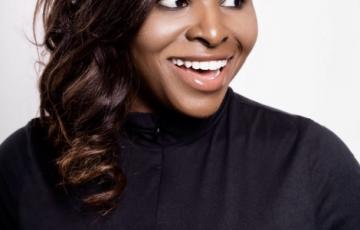
Erica
Erica was diagnosed with potentially fatal Stage 4 Hodgkin Lymphoma on March 28, 2013. Her journey to survive her battle with cancer was very trying but after overcoming her obstacles, Erica is very passionate about inspiring people to have the d’zire to survive any challenges that they may face in their lives. Erica’s fight to survive lymphoma had its highs and its lows, however, she didn’t give up even when at times her battle seemed like it wasn’t getting any easier.
Childhood Non-Hodgkin Lymphoma
Because of new and better therapies, cancer survival rates for children have improved dramatically during the last several decades. Scientists continue to search for the causes of childhood lymphoma so they can develop better treatments with less toxic side effects.
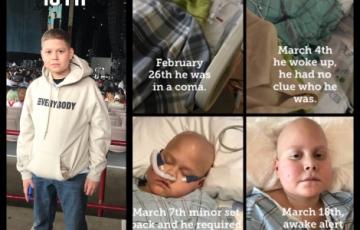
Nate
On Monday July 17, 2017 my world got flipped upside down. I got out of work to bring my son, Nate to the ER, he had a bad stomach ache, my thoughts were he might have appendicitis. When I got him to CCMC, he was in extreme pain and they took him in right away. Initially the docs thought the same, they did a bedside ultrasound to find the appendix and it could not be found. A few hours passed and I'm asked to step out the room. At that moment I knew that my life would never be the same... My son, my life, my everything was sick and this time a kiss and band aid wasn't going to fix it.

Donna
I was shockingly diagnosed with a monoclonal spike in November 2019 (six months after the unexpected death of my mom). Treatment was started in June 2020. I went to Mt. Sinai NYC where they have a team that just deals with multiple myeloma (MM). I am grateful that a couple of people recommended I go there. They treated me with four drugs, one of which wasn’t available at my local oncologist. The regimen was Velcade, Revlimid®, daratumumab, and dexamethasone. I had this induction therapy until my stem cell transplant in March 2021.
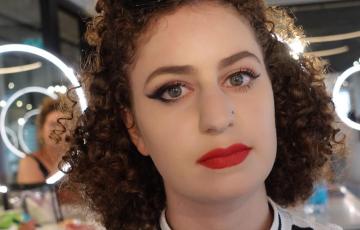
Gal
My name is Gal, and I am 21. In 2011, I moved to California from Israel. Within a few months, I was diagnosed with acute lymphoblastic leukemia (ALL). I was only eight. I was dismissed by doctors for four weeks because I was too young even though I showed clear signs of blood cancer. My bones hurt a lot. I started to get a lot of big bruises, and I had an insanely high fever. I was in treatment for two years and seven months. I survived in 2013 as I entered my teen years. When I was sick, I would go to a camp called Camp Simcha. It is a camp for cancer patients in upstate New York.
Watch and Wait
Watch and wait (also called active surveillance) involves closely monitoring a patient's condition without giving any treatment until symptoms appear or change. Some people can manage their blood cancer — depending on the disease — with their doctors for years using a watch-and-wait approach. It is usually recommended for patients in early stages of indolent (slow-growing) or chronic forms of blood cancers.
Follow-Up Care
Click here for information about follow-up care, including what to expect, long-term and late effects of treatment, survivorship clinics, and other resources such as The National Comprehensive Cancer Network (NCCN) treatment guidelines.
Use the Survivorship Workbook to collect all the important information you need throughout diagnosis, treatment, follow-up care and long-term management of a blood cancer.
Follow-Up Care
Click here for information about follow-up care, including what to expect, long-term and late effects of treatment, survivorship clinics, and other resources such as The National Comprehensive Cancer Network (NCCN) treatment guidelines.
Use the Survivorship Workbook to collect all the important information you need throughout diagnosis, treatment, follow-up care and long-term management of a blood cancer.
Treatment Outcomes
A few decades ago, there were very low cure rates in both children and adults diagnosed with ALL. Today, childhood ALL has one of the highest cure rates of all childhood cancers, approaching 92 percent for children younger than 15 years and more than 94 percent for children younger than 5 years.